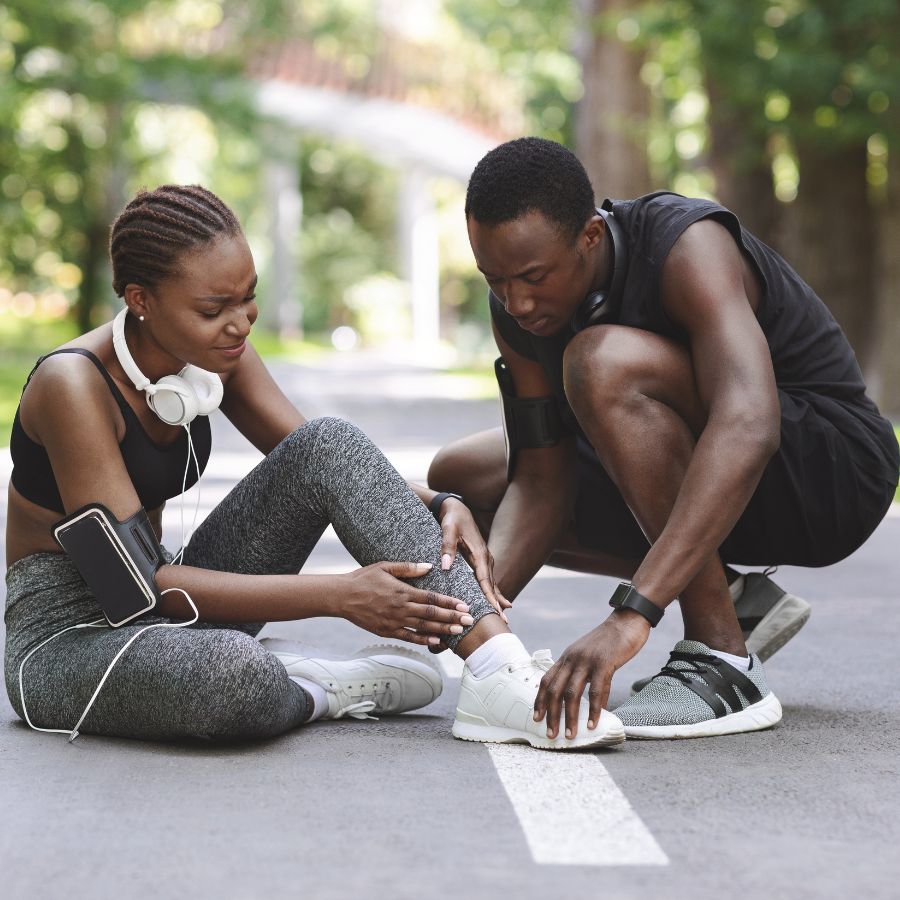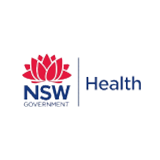Preventing common youth sports injuries through education
Find out how to keep young athletes safe and healthy on the field and beyond with effective education on prevention strategies.
According to research, 41% of Australians aged 15 years and above participate in a sports-related activity every week (Clearing House for Sport, 2022). It’s also been well-documented that sports have a positive influence on physical fitness, social skills, and mental well-being. However, it’s also important to acknowledge that it does have an ever-present concern for young athletes, their parents, and coaches alike.
Between 2018 and 2019, for example, sports injuries accounted for 17,600 hospitalisations with young athletes making up a significant portion of injuries (AIHW, 2021). These disproportionate figures show the importance of understanding common youth sports injuries and implementing effective prevention strategies through educational interventions.
With the right education, young athletes and their adult influencers can stay safe while reaping the many rewards that come with sports participation.
Common youth sports injuries and preventing them through proper education
With many young people suffering injuries that can be avoided with the proper education, the need for prevention is important.

Sprains and strains
Ligament injuries and muscle or tendon injuries are among some of the most common youth sports injuries. These types of injuries can easily be prevented through education about warm-up techniques, stretching, and strength training. Talk about how important it is to use correct form and technique during sports activities. Encourage gradual increases in training intensity and duration to give the body time to adjust. It’s important to teach young athletes to listen to their bodies and avoid pushing themselves to injury.

Growth plate injuries
These injuries can occur in young athletes whose bones are still developing. To prevent them, coaches and parents should be educated about the risks of overtraining. Encourage participation in different sports so that you’re promoting overall physical development. Teach them proper techniques from a young age so that they can engage in sports safely. You can also ensure that they have appropriately sized equipment for sports. You can also implement training programs that take growth spurts and skill levels into account.

Concussions
Concussions are serious brain injuries that call for immediate medical attention. Prevention can be done effectively by educating young athletes, parents, and coaches about the signs and symptoms. Whether it’s teaching proper tackling techniques or wearing properly fitted protective gear like helmets, the proper education or guidance can help them follow the right protocols that can, in many cases, end up saving their lives. Implement proper concussion protocols and emphasise the importance of getting medical attention.

Overuse injuries
Overuse injuries result from repetitive stress on muscles, bones, or tendons. One way to prevent these youth sports injuries is by emphasising the importance of rest and recovery. Implement training programs that include cross-training and periodisation to avoid excessive repetition. Teach young athletes proper techniques for sport-specific movements. Encourage them to participate in many activities that balance overall muscle development instead of a few to reduce the risk of overusing and stressing out their bodies.
What Our Community Says About Us
Our Partners





Keep young athletes safe from sports injuries with Youthsafe
As a leading Australian organisation dedicated to helping young people prevent serious injury in diverse scenarios, Youthsafe offers a wide range of resources for young people and their adult influencers. From addressing sports safety for young people to social safety, we help youth get the support and guidance they need to navigate the world with confidence.
By partnering with us, you can help young people gain access to our evidence-based programmes designed by experts with the main objective of helping them stay safe in different situations.
FAQs
Schools and sports clubs can implement effective injury prevention programs by partnering with organisations like Youthsafe for expert guidance and resources. Risk assessments of facilities and practices, developing and enforcing clear safety policies and procedures, and providing comprehensive training for coaches on injury prevention strategies are essential steps.
Adequate hydration helps maintain proper muscle function and joint lubrication, while balanced nutrition supports muscle recovery and bone health. Proper fueling before, during, and after activity can prevent fatigue-related injuries.
Educating young athletes about the importance of staying hydrated throughout the day, eating a balanced diet rich in fruits, vegetables, lean proteins, and whole grains, and understanding the timing of meals and snacks to support energy levels during training and competition is essential.


